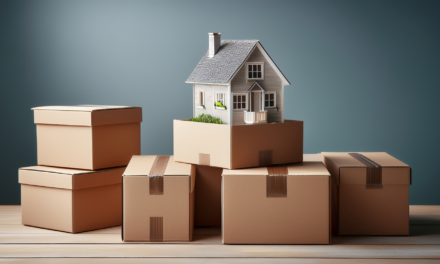What do you think will be the trend in SFR construction in 2022?
- SFR starts will increase (39%, 41 Votes)
- SFR starts will decrease (35%, 37 Votes)
- SFR starts will remain unchanged (26%, 28 Votes)
Total Voters: 106
In the 1970s, 34% of new homes constructed were considered starter homes, or homes smaller than 1,400 square feet. This share rose to 40% by 1980, when Baby Boomers began entering the housing market in droves. However, despite Millennials making up an even larger demographic than their Boomer parents, just 7% of new homes built in 2019 were starter homes, according to a recent Freddie Mac study.
Starter homes are not the only types of homes missing, though. In total, California’s housing supply is at a 5.7% deficit, according to Freddie Mac. This translates to a housing shortage of 820,000 units. One caveat the study mentions: as the state’s population has recently leveled off and started to decline in the Golden State, this shortage has begun to wane on its own.
This dynamic is basically the opposite of build it and they will come. Here in California, real estate professionals are dealing with insufficient building — and people are heading for the door.
The households who are choosing to move out of California tend to be those who stand to lose the most from a lack of starter homes. As a result, less-educated, lower-income and retired individuals make up the majority of households emigrating to other states. This spells trouble for our state’s economy, and long-term prospects for a healthy and balanced homeownership rate.
Related article:
Goodbye Golden State: Ex-Californians seek out lower costs of living
When buying a home is like winning the lottery
The inventory of homes for sale in California reached an historic low early in 2021. As homebuyers scrambled to buy a dwindling number of homes, prices rose by leaps and bounds, fueled by low interest rates and a growing sense of buyer desperation.
When home values rise faster than incomes, homebuyers in the high- and mid-tier end up settling for less attractive housing options. But homebuyers in the low tier often lose their homeownership potential altogether, continuing to rent (or moving to another state where home prices are lower). This is when California’s lack of new starter homes really stings.
California’s rate of homeownership is tied with New York for the lowest homeownership rate in the nation at 54% in Q3 2021. Both states are dominated by high housing costs, directly related to low inventory and high demand.
Unless communities find a way to increase the inventory of homes available — particularly in the low tier where most first-time homebuyers shop — the homeownership rate will continue to stagnate.
Local governments and the state legislature can encourage more residential construction of starter homes by:
- loosening zoning regulations;
- requiring housing plan amendments to include more low- and moderate-income units;
- reducing permitting times and costs for low- and moderate-income housing developments;
- encouraging accessory dwelling unit (ADU) construction; and
- incentivizing transit-oriented developments.
While some of this work is already underway, our housing shortage persists. Read more about these efforts and how to get involved at our Legislative steps toward affordable housing page.















A lower population may spell trouble for the state’s economy (GDP), but may also improve quality of life.
California is overpopulated, and overpopulation causes many problems.
As for long-term prospects for a healthy and balanced homeownership rate?, whatever does that mean?
Local governments and the state legislature may encourage more residential construction of starter dwellings (I wouldn’t call them homes) but they can’t do much to create the requisite land on which to build them. There isn’t much developable land left. Even the LAO recognized that in a recent report.